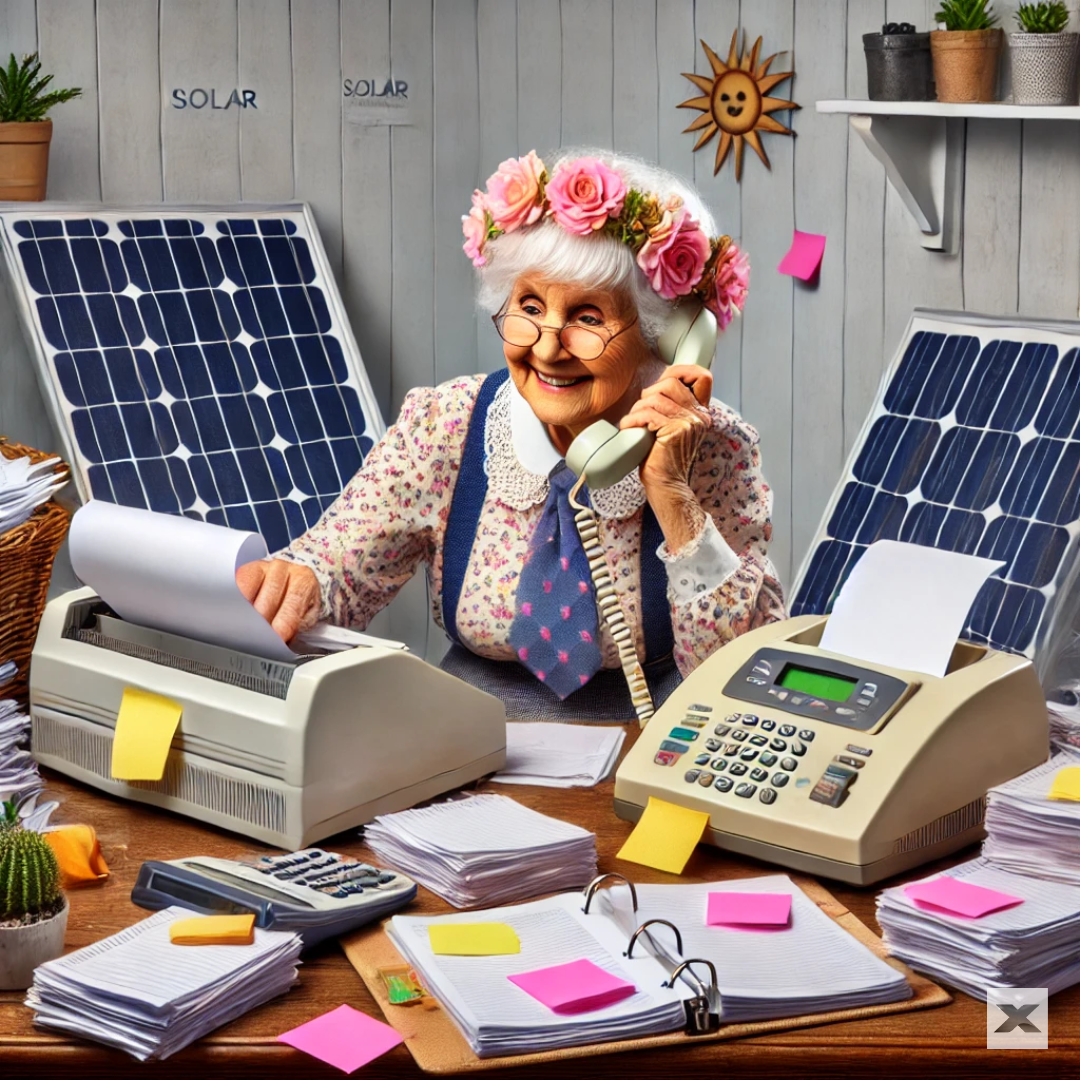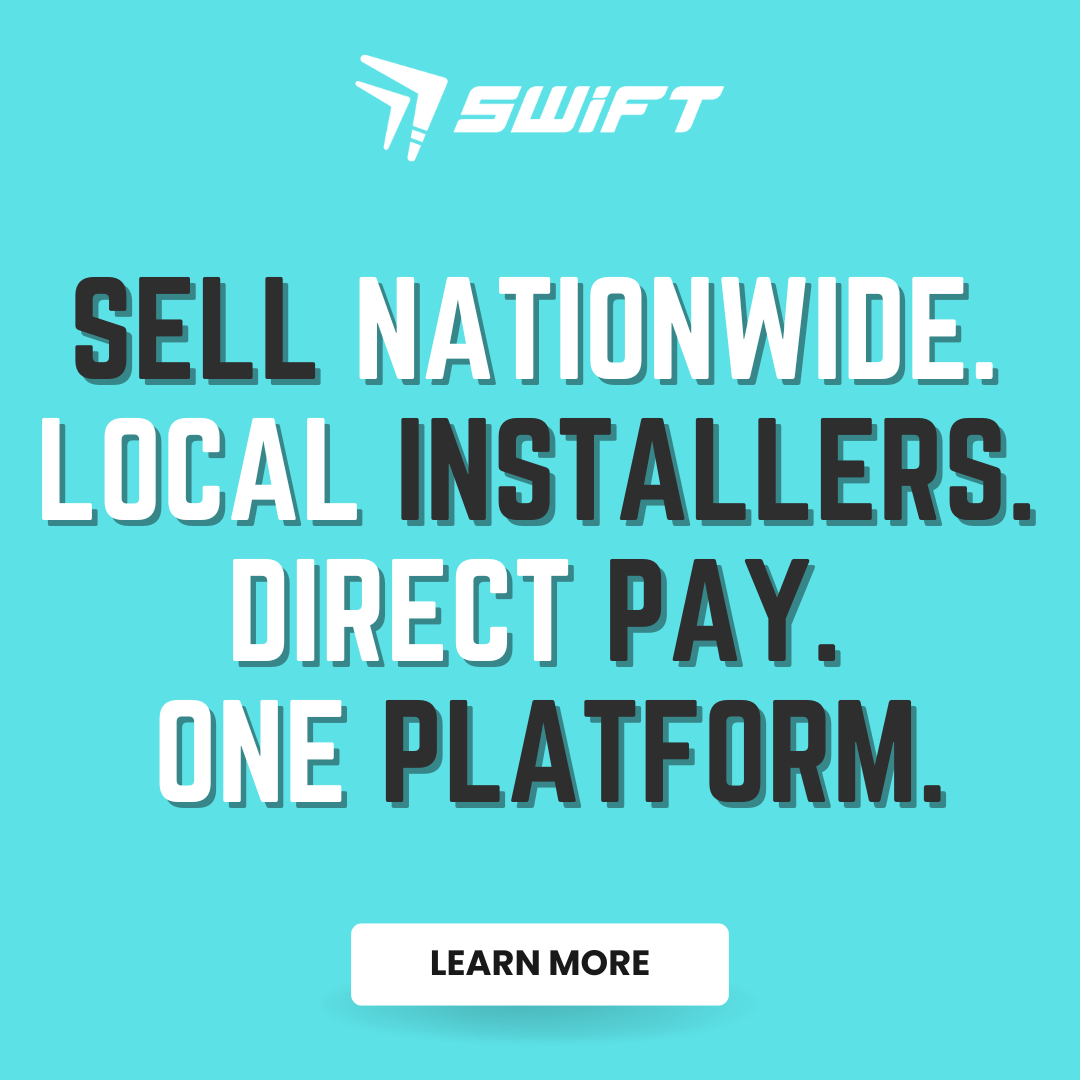
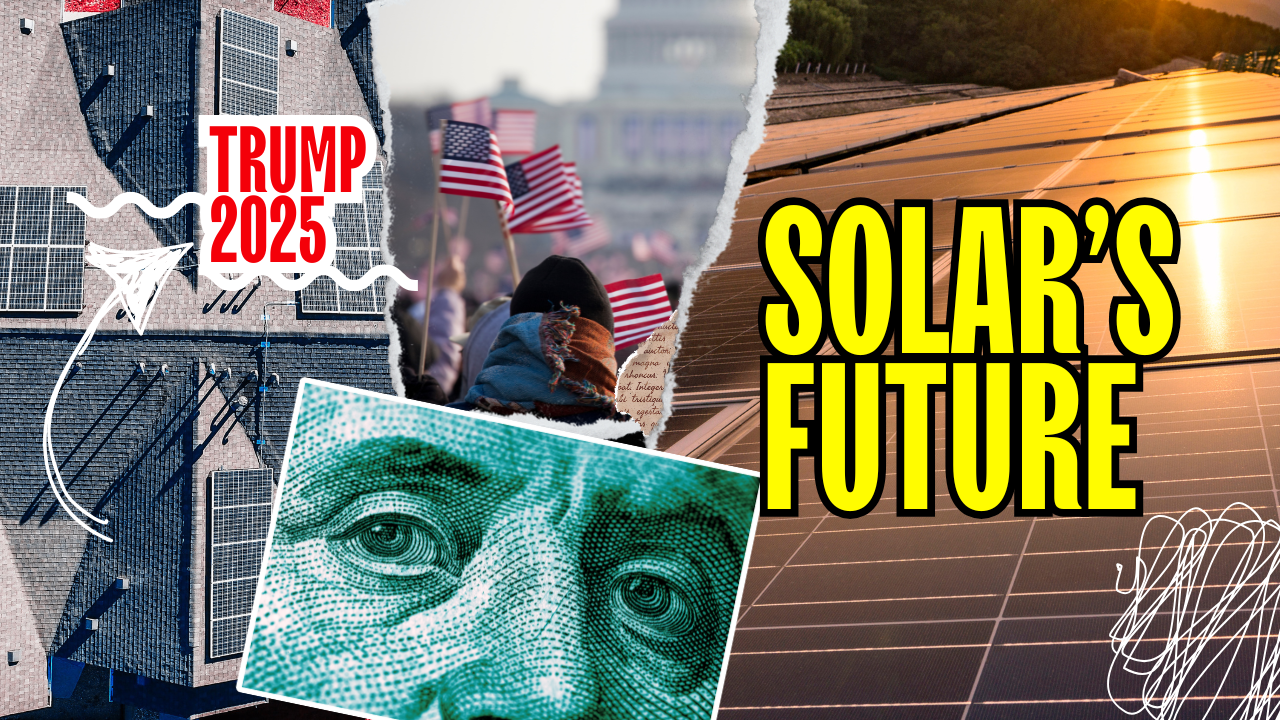
state of the solar market 2025
The Good, the Bad, and the Truth
Welcome to the solar industry's 2025 showdown—a battleground of opportunities and uncertainties. With a new administration steering the ship and a slew of policy shifts on the horizon, the stakes have never been higher.
Regardless of your political leanings, one fact remains: the game is on, and it's up to you to play it smart.
Let's dissect the landscape.
What transpired in 2024, and what lessons can we glean? What's thriving, what's faltering, and where are we headed in 2025?
Grab your coffee, your notepad, and perhaps a stress ball, because we're diving into the good, the bad, and the hard truths of the solar market.
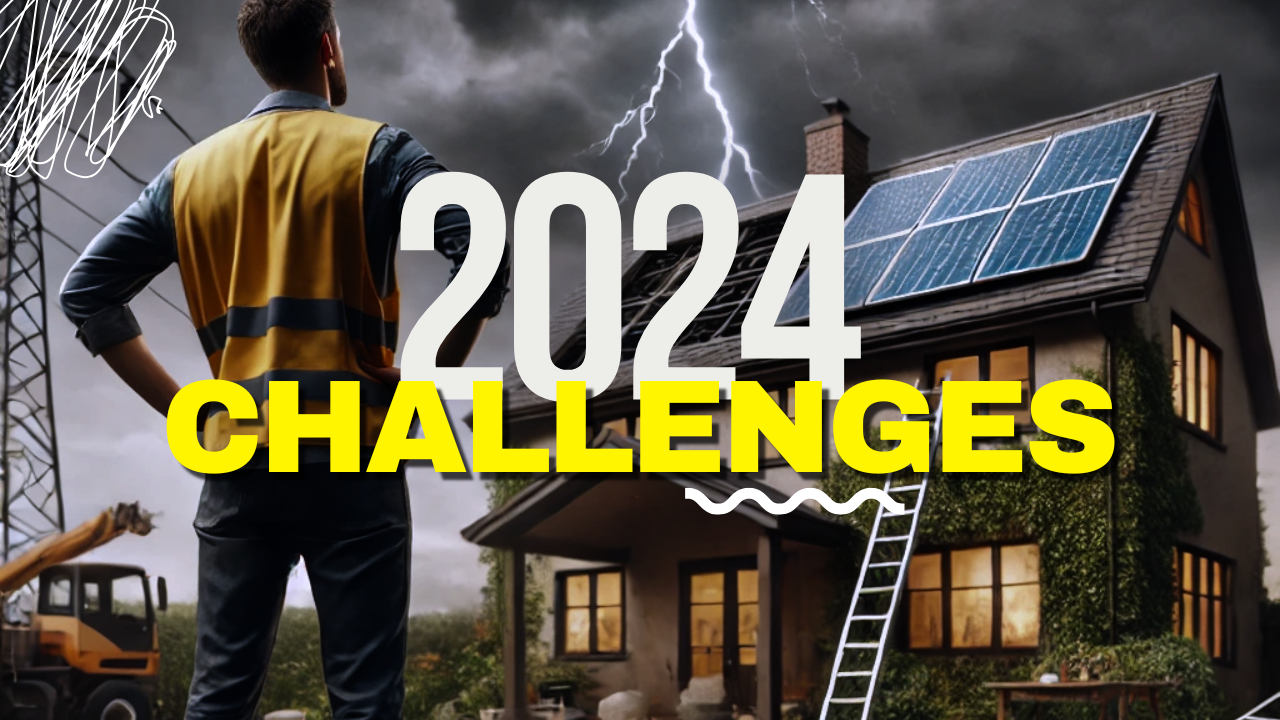
2024 Trends: A Year of Challenges and Lessons
Before we gaze forward, let's reflect. In 2024, the solar market faced significant headwinds.
According to the Solar Energy Industries Association (SEIA), residential solar installations declined by 19%, primarily due to rising interest rates, supply chain disruptions, and policy uncertainties in pivotal states like California.
Conversely, commercial solar experienced moderate growth, increasing by 8% year-over-year, propelled by corporate commitments to sustainability.
Key Stats from 2024:
Residential solar installations: Decreased by 19%.
Commercial solar growth: Increased by 8%.
Average cost of solar installations: Rose due to higher financing rates and material costs.
These trends paint a mixed picture, highlighting both the resilience and vulnerabilities within the industry. Dealers, installers, financiers, and manufacturers each faced unique challenges and opportunities.
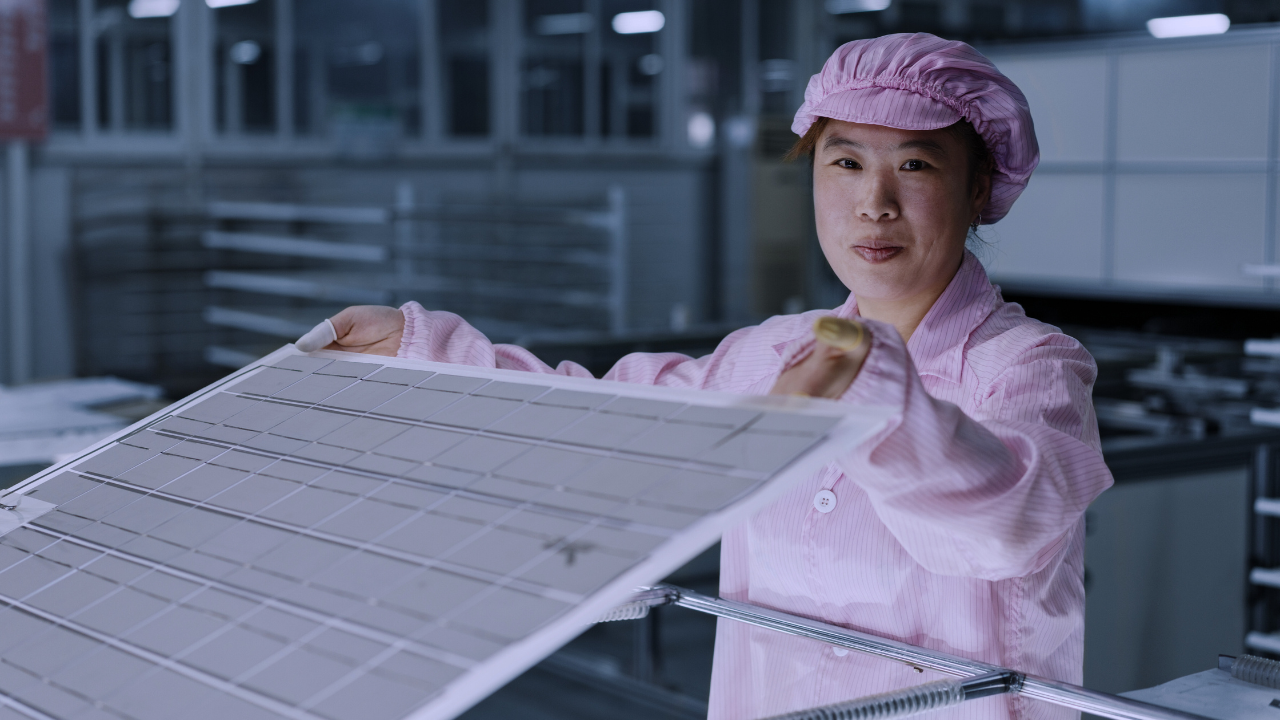
The Good: Manufacturing Is Booming
Here's a ray of sunshine: U.S. solar manufacturing is experiencing a renaissance.
Thanks to incentives from the Inflation Reduction Act, domestic panel production reached record levels, with manufacturing capacity increasing by over 10 GW to 31.3 GW in Q2 2024.
Companies are opening factories at a rapid pace, reducing wait times and lessening reliance on overseas imports.
Why It Matters:
More American-made panels mean a more stable supply chain and potentially lower costs over time. For dealers who market themselves as "Made in the USA" champions, this is a golden opportunity to win over patriotic customers.
The Bad: Installations Are Slowing
In 2024, the solar industry faced significant challenges, with high interest rates and state-level policy shifts, such as California’s NEM 3.0 going into effect in 2023, impacting the 2024 market.
Consumers experienced sticker shock, and notably, major players like SunPower and Lumio filed for bankruptcy, leaving dealers scrambling to find reliable EPC partners.
SunPower filed for Chapter 11 bankruptcy in August 2024, citing a severe liquidity crisis due to a sharp decline in demand and an inability to secure new capital.
Similarly, Lumio, a residential solar installer, filed for Chapter 11 bankruptcy in September 2024, attributing its financial difficulties to a drastic drop in solar market demand, rising interest rates, and regulatory challenges impacting margins.
Translation:
It's going to take more than a shiny sales pitch to close deals in 2025. Customers are savvier than ever and demand clear ROI before signing on the dotted line.
PRO TIP: Double down on customer education. Demonstrate how energy storage and monitoring systems can maximize their investment. The more value you add, the harder it is for competitors to undercut you.
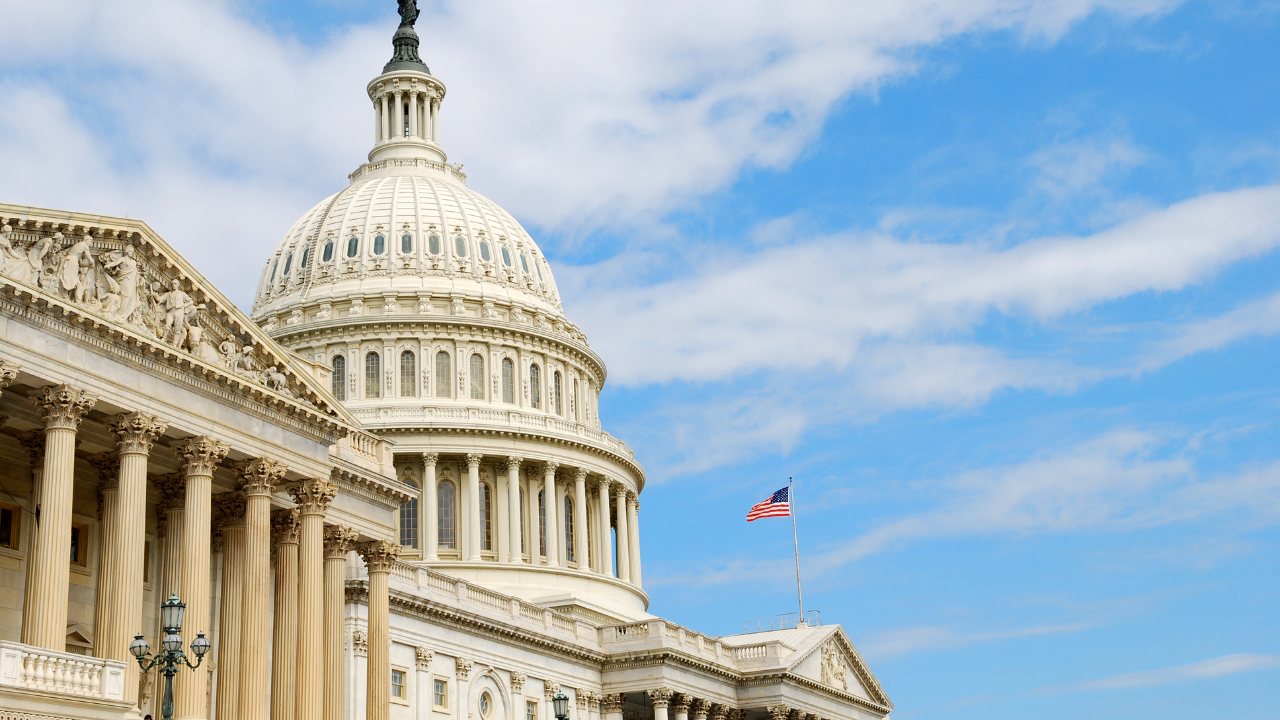
The Policy Wildcard: Trump's Return
Love him or loathe him, Donald Trump's return to the White House has everyone talking. His early moves include scaling back renewable energy subsidies and implementing tariffs on imported panels.
While these actions signal a shift away from the pro-renewable policies of previous years, it's not all doom and gloom.
Here's what we know:
Reinstated Tariffs: The Trump administration has reintroduced tariffs on imported solar panels, aiming to bolster domestic manufacturing. These tariffs, starting at 30% and decreasing annually, have increased the cost of imported panels, potentially slowing adoption rates. However, this move could stimulate demand for U.S.-made products.
Subsidy Reductions: Federal incentives for renewable energy projects have been rolled back. Programs like the Rural Energy for America Program (REAP) have experienced funding freezes, leaving many rural businesses uncertain about previously promised rebates for solar installations. This reduction in support may tighten profit margins for solar companies, though state-level initiatives, particularly in states committed to renewable energy, might offset some of the federal cutbacks.
Infrastructure Focus Shift: While the administration emphasizes energy infrastructure, the focus has pivoted towards fossil fuel development. This shift could divert resources away from grid improvements essential for integrating solar and other renewable energies, posing challenges for the expansion of solar-plus-storage systems.
What it might mean:
The truth? Nobody knows for sure. Policies take time to ripple through the market, and it's likely we'll see a mixed bag. Some states will double down on renewables, while others may slow their roll. The key is staying agile and prepared to pivot.
What All This Means for Different Stakeholders
For Dealers
Adapt to Changing Costs: Offer flexible financing options to help customers manage higher upfront costs.
Educate Customers: Transparency about ROI will build trust and close more deals.
For Installers
Streamline Operations: Efficiency will be critical as margins tighten. Consider investing in training and tools to reduce installation times.
Build Reliable Partnerships: With some EPCs exiting the market, finding dependable suppliers and partners is more important than ever.
For Financiers
Innovate Products: Develop creative financing options to address high interest rates and customer concerns about affordability.
Monitor Policy Changes: Stay informed about federal and state-level incentives to offer competitive financing packages.
For Manufacturers
Scale Production: Take advantage of domestic incentives to increase capacity and meet growing demand for American-made products.
Invest in Innovation: Focus on developing higher-efficiency panels and integrated solutions to stay ahead of the competition.
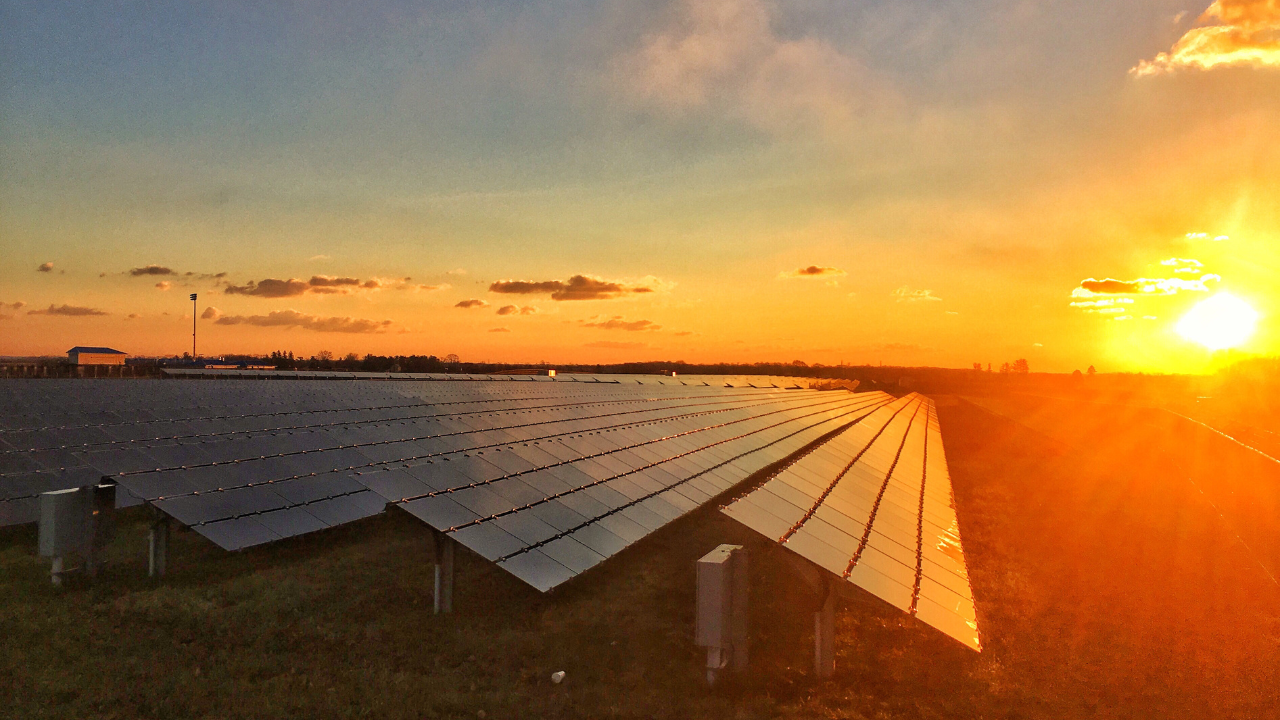
Where Are We Headed in 2025?
So, what does the future hold? According to projections from SEIA, residential solar growth is expected to remain flat or slightly decline due to economic pressures. Commercial solar, however, is poised for modest growth, driven by corporate sustainability goals and state-level incentives.
Key Projections for 2025:
Residential solar: Flat to -5% growth.
Commercial solar: +7% growth.
Energy storage: +15% growth as more customers seek resilience.
The bottom line? The market is evolving, but opportunities remain for those willing to adapt and innovate.
Closing Thoughts: Embrace the Challenge
2025 isn't going to be a walk in the park, but it's also not the apocalypse. The solar market is still ripe with opportunities for those who adapt and innovate.
Whether you're a dealer, installer, supplier, or financier, the path to success lies in understanding your market, educating your customers, and seizing the gaps that others overlook.
Remember, it's not about which way the political winds are blowing. It's about how you adjust your sail.
Exclusive Offers From This Months Sponsors

Article References:
https://seia.org/research-resources/solar-market-insight-report-q3-2024/
https://www.ft.com/content/3af7a758-d161-4dc7-998f-8872f17cf617
https://www.ft.com/content/3af7a758-d161-4dc7-998f-8872f17cf617
https://www.energy.gov/eere/solar/quarterly-solar-industry-update
https://www.whitehouse.gov/presidential-actions/2025/01/unleashing-american-energy/
https://syncarpha.com/2025/01/2024-us-solar-industry-recap/
https://www.pv-magazine.com/2025/01/23/where-does-solar-stand-in-trumps-all-the-above-energy-policy/
https://atb.nrel.gov/electricity/2024/residential_pv
https://www.pillsburylaw.com/en/news-and-insights/trump-renewable-energy.html
https://www.solarreviews.com/blog/solarreviews-solar-industry-survey-key-statistics
https://pv-magazine-usa.com/2024/11/08/bankrupt-solar-installer-lumio-acquired-by-zeo-energy-corp
💌 Did a friend share this with you?
That’s because they think you’ll love it. Get started with your own subscription for just $5 and never miss another issue!


